Design & Build Quality
Shell
Once again, TinHifi deviated from its first prerogative: tin… hifi. In fact, like the T3 Plus, the TinHifi P1 Max ditched the original steel case, for a resin one. That said, the faceplates are now made of stainless steel torch array wires, even if that’s almost invisible at first glance. That said, like every modern IEM, the TinHifi P1 Max shows a flawless build.
Sure, the first P1 looked more impressive, with its shiny, silvery-finished shell, but the new model is not inferior by one bit. Out of the box, I was surprised by how good-looking they look, as the retail box doesn’t give a hint of what’s inside. The solid black shell, combined with the textured faceplate, was given a semi-custom design, for ergonomic purposes.
The only drawback I could spot would be the 2-pin port instead of an MMCX one, but apart from that, there isn’t anything to complain about. Size-wise, those new models fit right between the P1 and the FiiO FD7 I previously reviewed, so they should fit almost every ear.
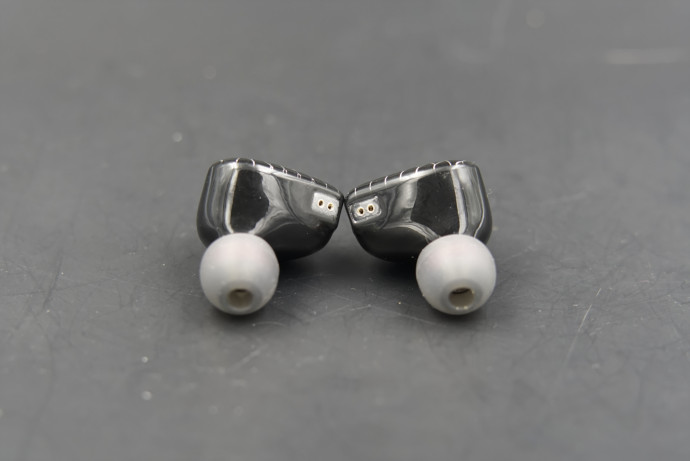
Build Quality
Unsurprisingly, build quality is top-notch, and the TinHifi P1 Max is perfectly on-par with its direct competitors. There are no steps, no cracks, no bruises, just one smooth surface all over the shell, and it feels perfectly balanced in the hand.
Like every modern IEM now, the shell is made of two parts only: the main body, where you’ll find all the components, and the faceplate that seals the whole in-ear. A clean build, even if I’d have preferred a MMCX port instead of the 2-pin one, for durability and compatibility purposes.
In the same way, if the faceplate design is rather good, I don’t think that the complexity of the honeycomb pattern completely translates into the real world. It looks cooler but not amazing, as could be the Whizzer HE01 or the first TinHifi P1.
The cable is quite good and for most people, this will be more than enough on a daily basis: it’s braided, with a straight-shaped 3.5mm plug, and it should easily withstand a daily dose of commuting abuse.
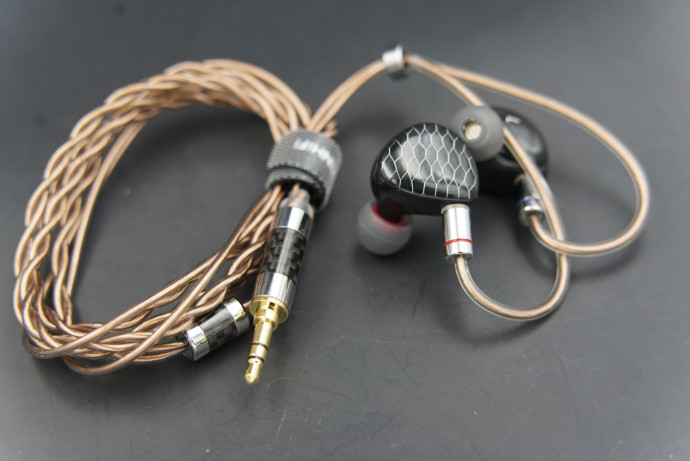
Comfort
Again, compared to the first generation, the new TinHifi P1 Max gives a completely different experience. With a semi-custom shell, comfort is a league beyond what I used to get with the first P1. In fact, those new ears are both lighter, and easier to wear.
Obviously, you trade robustness for comfort, but, in this price range, most people will prefer a comfy one, than a sturdy one. Add to that a great cable, with just the right amount of hanging weight and you get a very good IEM in this regard.
Isolation
Like all resin-made IEM, the TinHifi P1 Max is exceptionally good in this regard.
Be it railroad sounds, subway closing-doors siren, or the usual talking “brouhaha” heard in crowded places, the IEM managed to dampen all of the. I use a mechanical keyboard at the office, and if I can hear the click with silicon tips at low volume, once I’ve plugged the default tips, every unwanted noise was completely out of the picture.
A very nice surprise!
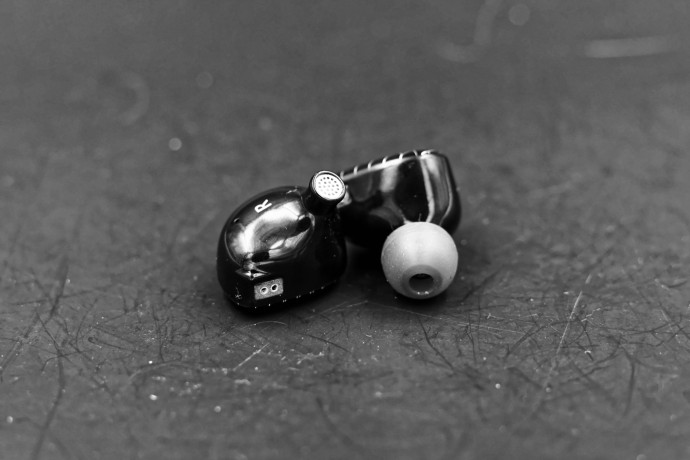
Bundle
Inside the box
As usual with TinHifi now, the retail box is pretty simple: a small, white cardboard, only displaying the brand and model’s name, plus some panda visuals – because why not ?
Of course, a simple box also means that you get a simple bundle. Inside, you get:
- the TinHifi P1 Max
- a 2-pin 108 single crystal copper cable with a 3.5mm termination plug
- six pairs of silicone tips + one pair of memory foam tips
- a cotton pouch for travel
- some papers
A scarce bundle, but for the price, I didn’t expect much. I was a bit disappointed not to see swappable terminations as I have on my FiiO and Shanling’s IEM, but for the price, you could easily get one nice 2-pin balanced cable from a third party.
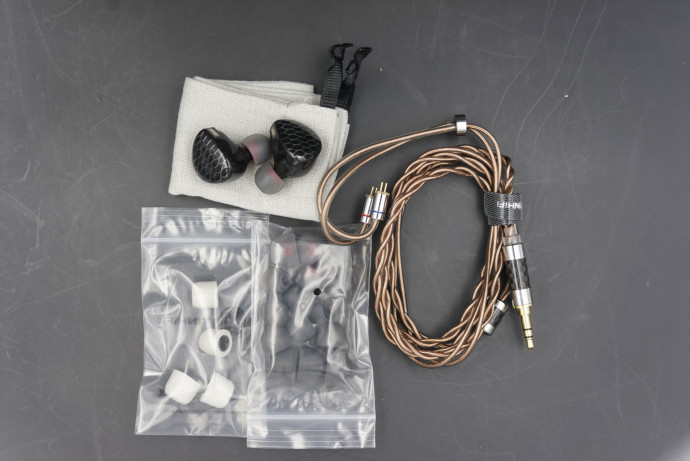
Additional accessories
If you want to go further with your TinHifi P1 Max, there are only two upgrades you should do:
- go for a balanced cable, if your source offers 4.4 mm or 2.5 mm outputs
- get a DAP or a DAC to drive them nicely
It could be something as simple as an iFi Go Blu or the FiiO KA1, but please don’t use your computer headphone out, unless it’s the new MacBook.
Specifications
Planar Diaphragm Driver
Something that did not change with the TinHifi P1 Max, compared to the P1, is the inner core: a massive, Planar Diaphragm driver.
A technology that isn’t common with in-ears, where you usually go for dynamic drivers – with a classic magnet – or balanced armatures one.
Planar Diaphragm is a bit different, as you create a “sandwich” with magnets set on each side of the diaphragm that magnetically hold it. Then you send currents to influence the magnetic flux of those magnets and the diaphragm will naturally move air, creating sound and therefore, music. Usually, this kind of driver exerts more sound pressure and deeper lows than their dynamic/balanced counterparts as more air is moved. But, like an electrostatic driver, this also means that you have air moving from the two sides of the drivers, making closed-back model difficult to handle, and IEMs even harder.
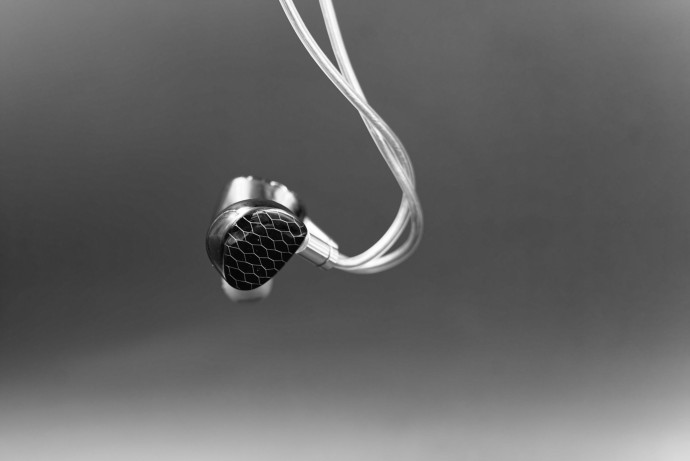
To avoid that issue and retain all the planar magnetic advantages, the P1 Max embeds a whole new driver, with an updated layout. At the center, you’ll find a 14.2mm flat membrane, only 2 microns thick, with a light aluminum coil, entangled between two structural plates. Then, on each side, TinHifi put a dual array setup of Flux N52 magnetic, holding the membrane in its initial position.
Impressive for a sub-$200 IEM!
Sensitivity / Hiss
Impedance is low (16 ohm) but sensitivity is also super low (98dB/mW), so you better pair a good DAP or add an USB-DAC to your source, if you want to enjoy the full potential of those ears.
On my FiiO KA1, the IEM behaves perfectly well, but I could immediately feel how power-hungry those small gems were.
Last but not least, hiss never was an issue.
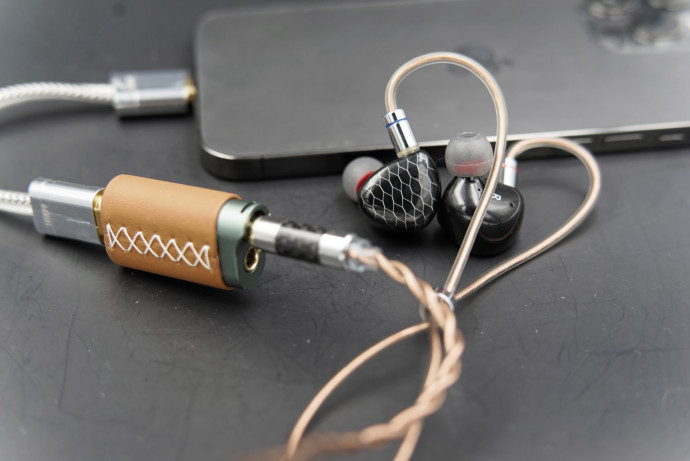
Full specs
- Type: IEM
- Style: 1 Planar Driver
- Drivers: 14.2mm planar Diaphragm driver
- Socket: 2-Pin
- Cable: Oxygen-free copper + 200D kevlar – 3.5mm straight
- Shell: 3D printed silicon + honeycomb faceplate
- Frequency Response: 20Hz – 20 KHz
- Impedance: 16 ohms
- Sensitivity: 98dB
- Sound Isolation (up to): 30 dB
- Cable length: 120 cm
- Price: $189
The review continues on Page three, after the click HERE or by using the jump below.
Page 1: About the brand, design, and build quality
Page 2: Design and build quality, Bundle and specifications
Page 3: Sound performances





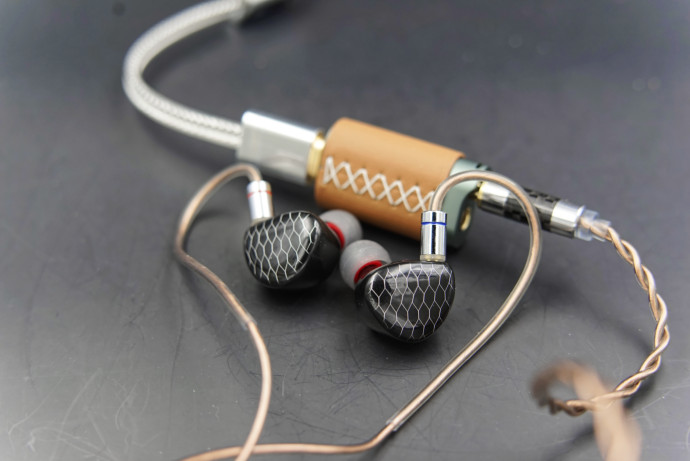
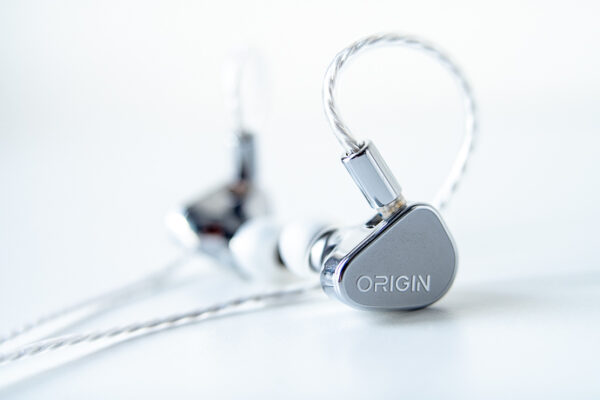
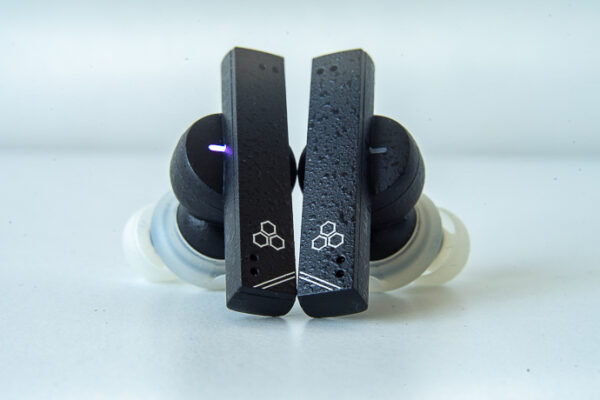
Hien
Great review as usual and sounds like great bang for the buck!
Your link to page 3 is pointing to a different product – https://www.headfonia.com/tinhifi-t3-plus-review/3
Lieven
Thank you, it’s fixed 🙂